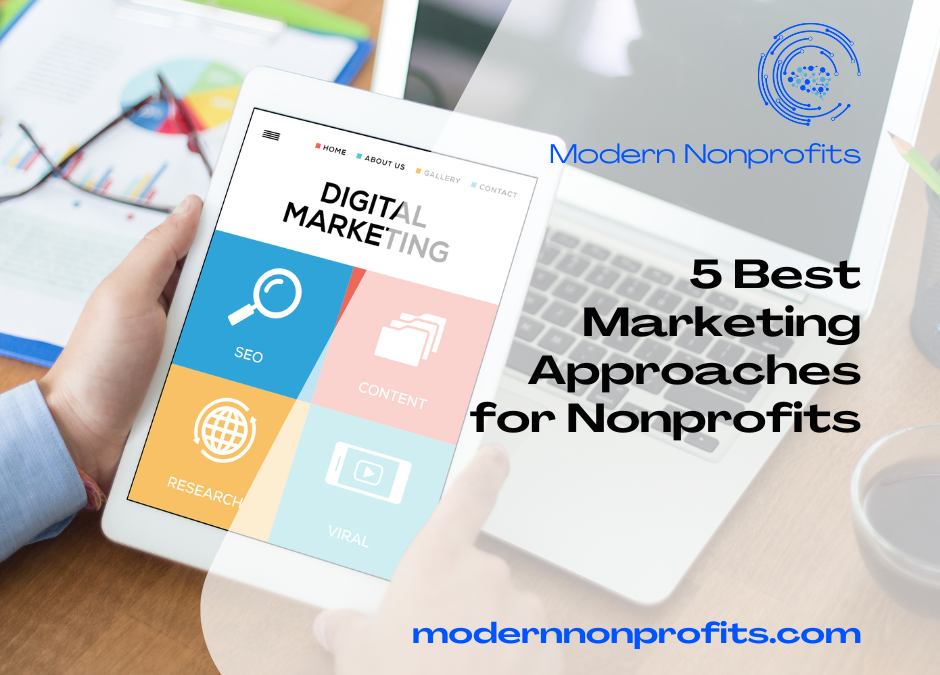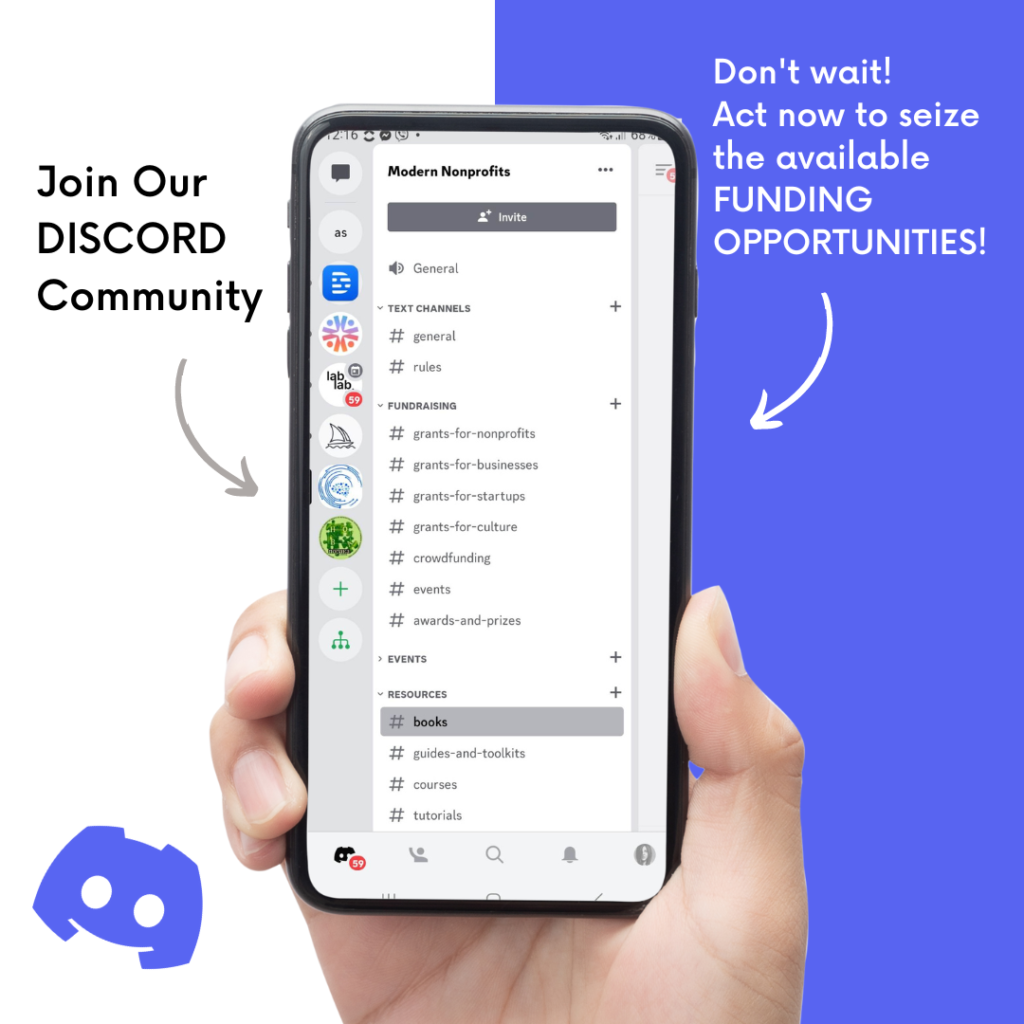The everyday challenge for the nonprofits is to attract the attention not only from their target groups and final beneficiaries but also from the partners, donors, foundations, government, businesses, other community organizations, members and volunteers.
The essential for a nonprofit is to regularly communicate with its beneficiaries and supporters to maintain top-of-mind awareness before those who are crucial to its success.
The main objective of all nonprofits is creating positive social impact. In order to achieve their mission, the nonprofits should generate income, which usually is provided through diverse funding opportunities, such as grants, fundraising, donations, sponsorships or social enterprises. Any of these fundraising activities requires a precise, targeted and continuous marketing campaign.
There are many economical marketing approaches that are available to help a nonprofit communicate more efficiently, but they do demand knowledge and discipline to be productive.

Here are some proven and cost-effective approaches that can help the nonprofits successfully reach its key target groups:
1.Email marketing: Those nonprofits who are using direct mail as a tool, even at the nonprofit discount rate, spend a lot of money on it. An affordable and powerful option is email. There are diverse web-based software programs that can assist, both small and large organizations, with CRM (Customer Relationship Management) and information dissemination. The great thing about these programs is that your message avoids the trap of getting transferred to “junk” or “spam” mail. It also will automatize and self-maintain your subscribers’ list by deleting addresses that no longer exist or of those who wish to no longer be subscribed. They provide you statistics regarding which recipients opened the email and what they read, which is worthy information. There are some email marketing programs specially developed for nonprofits, so they provide you a tool for generating funds through donations.
2. A traditional media list is still a powerful tool: People use to say that traditional media is not functional anymore. The truth is that most communities are serviced by at least one major newspaper or magazine; two to four local television channels; radio talk shows; and local online websites. Nonprofits need to form significant relationships with the media who are producing content 365 days a year and looking for good stories. Nonprofits have good stories to tell. Learn how to be a good storyteller: prepare a media email list; describe what you do and who you service in a short and catchy “pitch” letter; send it to all your contacts from the media email list; and ask for an informal meeting. You’ll be amazed by the outcomes.

3. SEO your nonprofit’s website: Plenty of nonprofits believe that if they put content to their website they will reach followers. It is true that a good website is needed, but unfortunately not always it reaches the audience because they are not going to visit regularly. To drive traffic to your nonprofit’s website, search engine optimization (SEO) is a MUST, so your target groups can find your website in the first place on the search engine. To increase returning visitors, content needs a regular update. As you build out your website, there is going to be “keyword” accent on every page or post that you create. There is a specific structure you should work from and a specific process you should follow as you build out your keyword rich content. You should start creating keyword rich content for SEO. Social media icons should be displayed prominently to make it easy for visitors to “like” or “share” your nonprofit and engage in conversation.
4. Frequency is crucial in nonprofit marketing: If your media outreach efforts result in an article, radio or television spot, don’t stop there. Share the same information on your website and social media and attach it to an email to your targeted audience. But remember that in the social media world only one good post doesn’t mean that you created a social media campaign. Post regularly, and on all relevant social media, because the frequency is crucial in nonprofit marketing. The same is valid for the website – it shouldn’t be static; regularly update your content.

5. Face to face contact: We have amazing tools at our fingertips thanks to the technology and internet to make things easier and more cost-efficient, but keep in mind that for nonprofits, nothing beats face-to-face contact. Nonprofits are generally in the human services industry and in-person meetings can go a long way to creating or strengthening connections. Plan small meetings and coffee hours with members, donors, and civic and business leaders. Events, where you establish personal contact with your supporters, are immensely powerful.



Best of luck!
Thank you.
Yes dear, I agree with you.
The success of a nonprofit organization depends on its ability to attract the attention of target groups, donors, partners, and other relevant parties. Nonprofits must communicate regularly with their beneficiaries and supporters to maintain top-of-mind awareness. To achieve their social impact goals, nonprofits must generate income through diverse funding opportunities such as grants, fundraising, donations, sponsorships, or social enterprises. Nonprofits can use cost-effective marketing approaches to communicate more efficiently, such as email marketing, traditional media lists, search engine optimization (SEO), regular content updates, and face-to-face interactions. The use of these approaches will help nonprofits reach their key target groups successfully.
I completely agree with you. It sounds like you have remarkable experience in the field, so I would also like to read some of your articles.